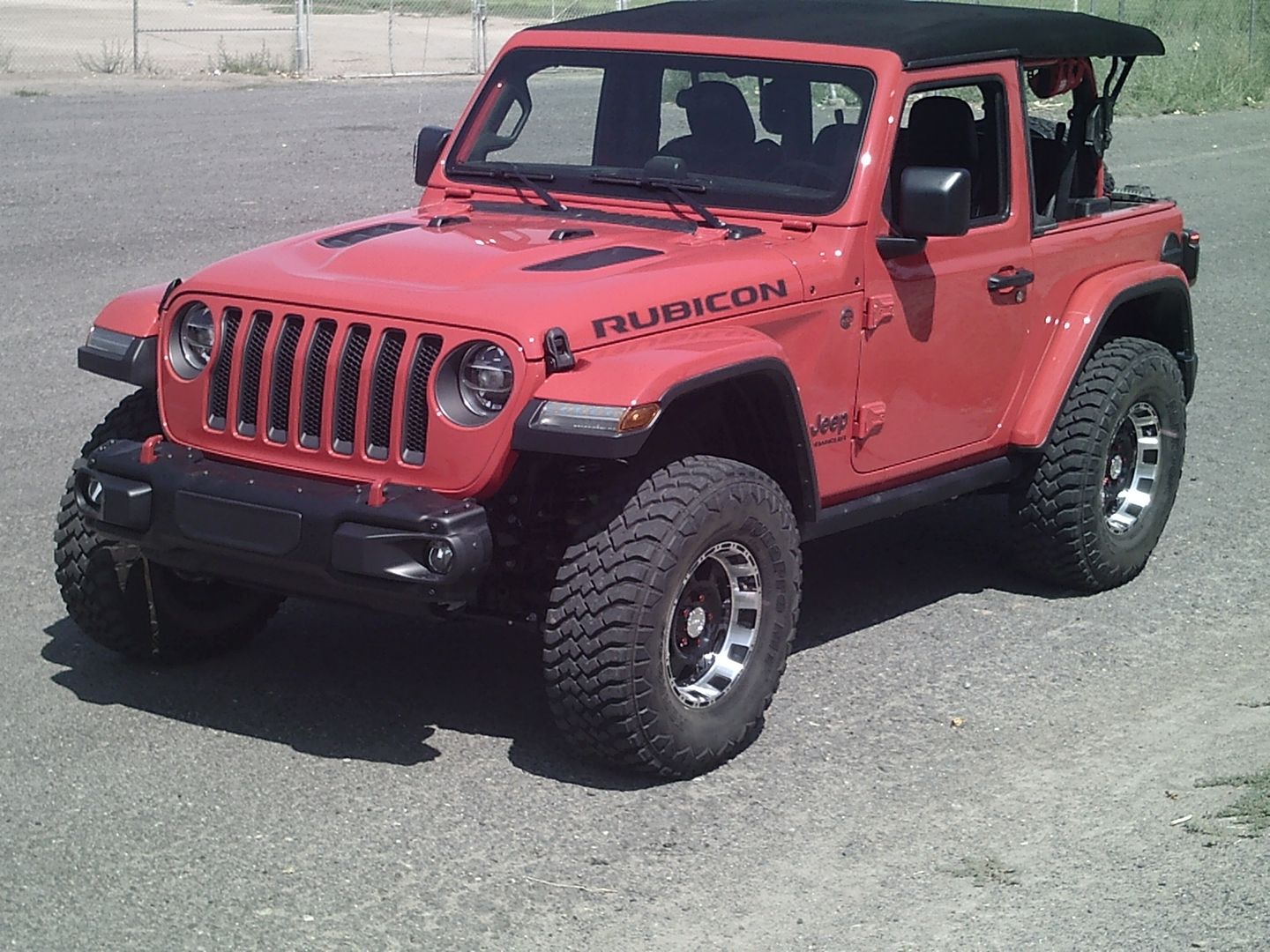You are using an out of date browser. It may not display this or other websites correctly.
You should upgrade or use an alternative browser.
You should upgrade or use an alternative browser.
How Do You Mount Your Fire Extinguisher?
- Thread starter chet6.7
- Start date
evaliquette
Observer
Mine is mounted under my dog

Sent from my iPhone using Tapatalk

Sent from my iPhone using Tapatalk
madcratebuilder
New member
Velcro in the rear door side pockets, plus one in the bed.
FlipperFla
Active member
One important note with extinguishers is you shoud take them out of their bracket and shake them to prevent the powder from caking from vibration so they work properly. I do mine once a year.
mm58
Observer
Even better to turn up-side-down, then give them a few whacks on the side and bottom with a soft dead blow hammer.One important note with extinguishers is you shoud take them out of their bracket and shake them to prevent the powder from caking from vibration so they work properly. I do mine once a year.
Last edited:
FlipperFla
Active member
The way I caught on to this I was helping the Coast Guard Aux do boat inspections. The constant pounding and vibration will pack the powder to where the extingusher will not function properly.Our fire marshall does require our wall mounted ext. to be turned upside down once a month, never mentions anything about truck mounted extHe does check the tags though.
Lykos
Super Trucker
Really?My fire extinguisher is nice and all but....
??????
CraftsmanCollaborative
Well-known member
The way I caught on to this I was helping the Coast Guard Aux do boat inspections. The constant pounding and vibration will pack the powder to where the extingusher will not function properly.
Done, I went out and and turned a bunch over a few times after reading your first post, all the trucks, Jeep, wifes SUV, etc.. any advice where a life and property can be saved is GOOD!
My Jeep onboard system is liquid AFFF, so it does not become "charged" until Co2 cartridge is punctured. The liquid inside the canister is a water and soapy like mix under no pressure. It is sealed with a thin "rupture" disc that gives way when pressure rises.
Subscribed, need to put together a new mounting system off my cage.
@WSS how much did that system run you, any manufacturer or parts details?
It cost $350 for kit. I added an extra nozzle or 2. Plus in the engine compartment, I put braided line for ease os install and looks. The an fittings were a hefty price but worth the extra assurance of working when needed.
https://www.pegasusautoracing.com/productdetails.asp?RecID=3431
CraftsmanCollaborative
Well-known member
It cost $350 for kit. I added an extra nozzle or 2. Plus in the engine compartment, I put braided line for ease os install and looks. The an fittings were a hefty price but worth the extra assurance of working when needed.
https://www.pegasusautoracing.com/productdetails.asp?RecID=3431
Nice. $350 isn’t too bad for the added piece of mind and protection of investment building out a vehicle. I’ve seen some DIY approaches from a few Porsche track guys that look pretty well set, but still question the reliability when compared to little more expensive pieces. Thanks for the link
FlipperFla
Active member
Thats a really a nice system you have in your in your rig. I used to have a large boat with a halon system in the engine room with twin 350 small blocks. Boy did that suck up the gas, about a 1/2 mile per gal. It was like driving down the Intercoastal throwing out 5 dollar bills!Done, I went out and and turned a bunch over a few times after reading your first post, all the trucks, Jeep, wifes SUV, etc.. any advice where a life and property can be saved is GOOD!
My Jeep onboard system is liquid AFFF, so it does not become "charged" until Co2 cartridge is punctured. The liquid inside the canister is a water and soapy like mix under no pressure. It is sealed with a thin "rupture" disc that gives way when pressure rises.
Similar threads
- Replies
- 2
- Views
- 548
- Replies
- 2
- Views
- 814
- Replies
- 27
- Views
- 1K
- Replies
- 16
- Views
- 5K







